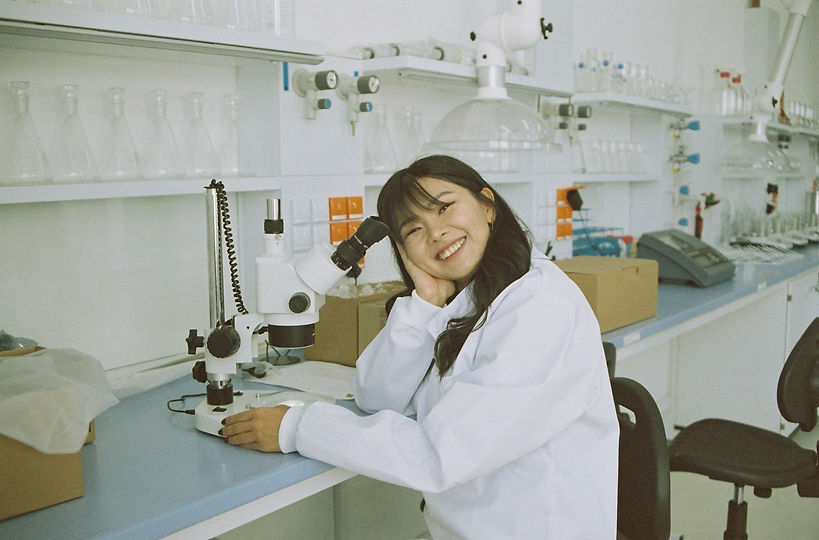
Student and project opportunities
You are welcome to join!
We work across disciplines and are looking for students with backgrounds within all aspects of natural sciences. We have projects across all levels of training spanning from bachelor level project courses to theses.
You are always welcome to reach out if you would like an informal chat about one of the projects outlined below. We also welcome your project ideas and are happy to chat about fitting them into our focus areas.
Please reach out with your ideas. The craziest idea is sometime the best!



Why do adsorption of DNA to sediments prevent DNA degradation?
Sediments, DNA, interfacial geochemistry
The mechanism behind DNA degradation is currently unknown. We offer opportunities for targeting this question using a range of approaches and length scales: Bottom-up approaches: Using AFM to study enzymatic degradation of substrate adsorbed DNA as well as forces associated with adsorption and desorption. Top-down approaches: Studying microbial rock/plastic weathering and attachment using a range of geochemical and microscopy tools.
How do microbial communities settle on plastic waste?
(geo)microbiology, interfacial geochemistry
We use a combination of approaches to address the processes important for the initial attachment of a microbe on a plastic surface to the parameters important for its propagation. We are interested in targeting this question from several perspectives: microbial, biophysical and interfacial.
How do microbial communities structure the colony?
Biophysics, microbiology
Jamie Lane is an absolute pleasure to have around. Their willingness to help and excellent problem solving abilities make Jamie Lane the best Office Manager our design studio could hope for.



What are the drivers for tumor evolution?
Evolutionary biology
We suggest to see tumor evolution as an analogy to the evolution of multicellular organisms. The project would ponder on how features of primary tumor formation, spread, and metastasis that are different or similar to that of tissue development, single cell motility, and new formation of tissue or cell aggregations.
How does biofilm organization affect evolution?
Biophysics and mcirobiology
Cell communities form in a complex interplay between cell cooperation and competition, thus, we wonder how the biofilm ecology affects evolution. For instance, how some subpopulations of the biofilm thrive in niches or on specific mineral surfaces, while others die out. One possible route is using microscopy to study biofilm-formation on different substrates with or without adsorbed DNA.
Tissue architecture evolution
Evolutionary biology
At the dawn of animal diversity, tissue preserved in the fossil record testaments to a complexification in tissue architecture. We are curious how this complexification of tissues can be understood in terms of separating the outside from inside, how they solved growth zones and transport of nutrients and waste. We use chemical models and tissue in modern organisms as analogies to get closer to how the early simple tissues organized cell labor.